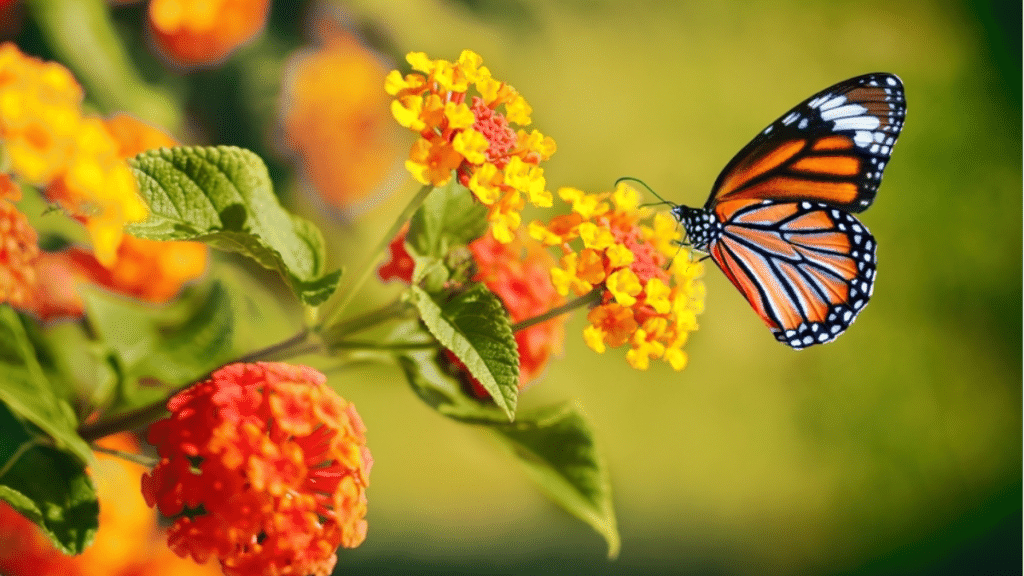Gardening, an age-old pastime, has always reflected societal values and preferences. Over the past few decades, while many gardening trends have emerged, few have been as transformative in the US as native plant gardening.
From rugged coastlines to the expansive heartland and the urban jungles, America is witnessing a gardening renaissance. Gardeners, both seasoned and novices, are increasingly choosing native plants, not just for their beauty but for a deeper, more profound reason.
This shift towards native gardening is not a mere aesthetic choice. It’s a conscious, informed decision to reconnect with our natural environment, promote biodiversity, and champion sustainable practices.
As we journey through this article, we’ll explore the multifaceted world of native gardening, understanding its significance and the ripple effect it’s creating in our communities and ecosystems.
What Is Native Gardening?
Native gardening, in its simplest form, is about cultivating plants that naturally belong to a specific region or ecosystem. But there’s so much more to it than just planting indigenous flora. These plants have a rich history, having evolved and adapted to their local surroundings over millennia. They’ve faced challenges, weathered storms, and in the process, have become uniquely suited to their native habitats.
This long evolutionary journey gives native plants a distinct advantage in the garden: they are hardy, resilient, and harmonize more naturally with the local environment. Their reduced need for maintenance, water, and their innate ability to fend off many pests, positions them as both an environmentally responsible and economically sound choice for modern gardeners.
So why the surge in popularity? Let’s take a look.
Environmental Benefits
While all plants contribute to the environment in some way, native plants have a special role. Their presence goes beyond mere ornamentation; they are the backbone of local ecosystems. By offering essential habitats, they attract and nurture a diverse range of wildlife, from birds and butterflies to beneficial insects and even small mammals.
Their intricate root systems anchor the soil, preventing erosion and enhancing its fertility and structure. In areas prone to environmental challenges, such as flooding or drought, native plants can be bulwarks, mitigating damage and promoting ecological balance.
Low Maintenance
Every gardener, whether a hobbyist or a professional, dreams of a garden that’s both enchanting and easy to care for. Native plants that have evolved in a particular region are a dream come true.
Their water requirements are typically lower than non-native species, making them a boon in areas facing water restrictions. Their natural immunity to many local pests and diseases means gardeners can often forgo chemical interventions, leading to healthier gardens and reduced environmental impact.
Aesthetic Appeal
Beyond the tangible benefits, native gardens are a visual delight. They present a tapestry of colors, forms, and textures, changing with the seasons and offering a dynamic display throughout the year.
But the allure of a native garden isn’t just skin deep. There’s an intrinsic satisfaction in knowing your garden, with its native plants, is a true representation of the region’s natural heritage, a living testament to the beauty and diversity of the local landscape.
Garden for Wildlife
For those eager to delve into native gardening, the Garden for Wildlife organization stands out as a guiding star. More than just a resource hub, this organization embodies the spirit of conservation and sustainable gardening.
Garden for Wildlife offers an exhaustive range of tools and information, from region-specific plant lists to innovative design methodologies, ensuring even the most inexperienced gardener has the knowledge to create a flourishing, wildlife-friendly garden. Their dedication to conservation, combined with a deep commitment to community outreach and education, positions them as a pivotal force in the native gardening movement.
A Return to Nature
The burgeoning interest in native gardening across America is a testament to a broader societal shift towards environmental consciousness and sustainability. It’s a movement that transcends traditional gardening, encapsulating values of conservation, community, and coexistence.
As we navigate the complexities of the modern world, grappling with issues like climate change, habitat loss, and biodiversity decline, it’s heartening to see individuals and communities taking tangible steps to effect positive change. By choosing to plant native, gardeners are not only enhancing their immediate surroundings but are also making a lasting contribution to the planet. As we look to the future, let’s celebrate and champion native gardening, recognizing it as a pathway to a greener, more harmonious world.
Angela Spearman is a journalist at EzineMark who enjoys writing about the latest trending technology and business news.

